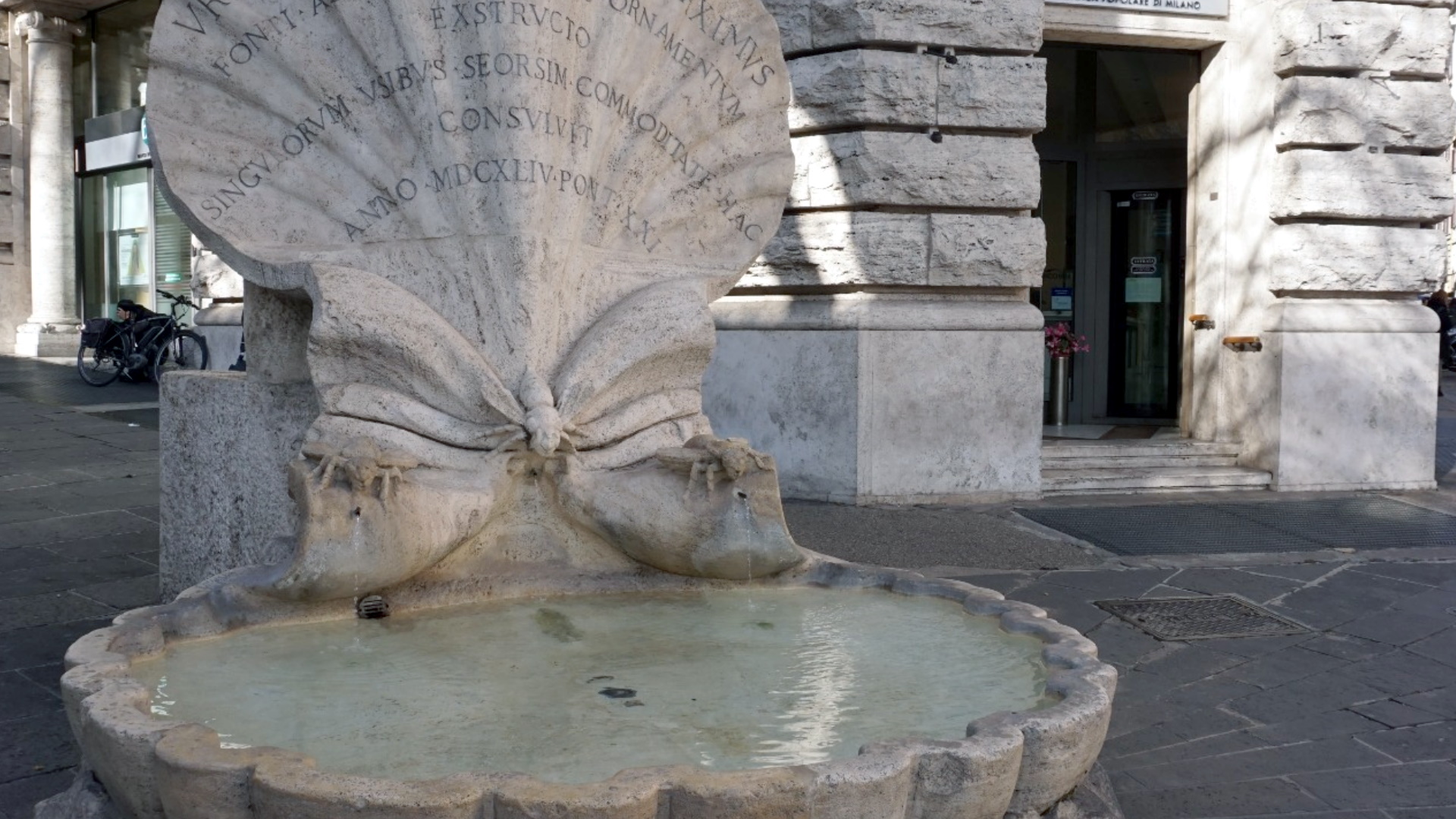
This Rione is best known for Via Vittorio Veneto, the beating heart of the Dolce Vita, between the end of the 1950s and the early 1960s. Its refined cafes with dehors and historic luxury hotels, which you can still admire today, hosted the most famous and acclaimed Hollywood stars who traveled to Rome to shoot unforgettable colossal movies in the Cinecittà Studios.
The Rione was born after the unification of Italy. An act, signed in 1886, between the Municipality of Rome and the Boncompagni family, owners of the area, and heirs to the Ludovisi, required the princes to allocate Villa Ludovisi and its approximately 25 hectares park, including the Aurelian Walls, and the historic core of Rione Trevi and Rione Colonna, to the subdivision.
In the late Republican era, the area on which it stands, formerly scattered with burials, was populated by sumptuous patrician villas. Here lived famous characters such as Julius Caesar and Senator Sallust, who here built rich gardens with pavilions, arcades, fountains, baths, temples, and statues: the Horti Sallustiani.
Its name comes from the nephew of Pope Gregory XV, Cardinal Ludovico Ludovisi (1595-1632), Superintendent General of the Ecclesiastical State and influential Jesuit diplomat. In 1621, he bought the land on which the Horti stood to build his villa. It soon became a destination for artists and scholars who could admire the precious ancient marbles that Ludovico had restored by great masters and artists such as Bernini and Buzzi.
At the end of the 19th century, after the unification of Italy and the proclamation of Rome as the Capital of Italy, major urban interventions were carried out, which included the creation of spacious streets suitable for new mobility.
Thus, in 1894, Via Vittorio Veneto was born, a spacious "Umbertina Walk" and the main street of the most luxurious district of Rome. Along its way developed luxurious villas, noble palaces, trendy cafes, and restaurants for the upper class and the aristocracy. Vast and upscale hotels were also built, such as the Excelsior, inaugurated in 1906 by the owner, Baron Von Pfyffer.
The international fame enjoyed by Via Veneto is associated with the Dolce Vita, a period in which its clubs, restaurants, and hotels were animated by the wildness of Hollywood actors and other celebrities chased by paparazzi, the attack photographers always in search of the latest scoop. They told the world the overwhelming passion born between Liz Taylor and Richard Burton or the turbulent relationship between the Italian actor Walter Chiari and the splendid American star Ava Gardner. They also tried to capture a shot of the well-known playboys of the period, Gigi Rizzi and Pier Luigi Torri, accompanied by the most fascinating and courted divas.
Among the most representative places, monuments, and religious buildings of the district, in addition to via Vittorio Veneto, are the splendid Casino dell'Aurora Ludovisi, a remnant of the ancient Villa Ludovisi, whose beauty was widely praised by artists of the caliber of Goethe, Stendhal, Gogol', and D'Annunzio, Palazzo Margherita, the residence of Queen Margherita of Savoy, from which it took its name, and today seat of the Embassy of the United States of America in Italy, the Fountain of the Bees, a small but delightful fountain in the shape of shell by Gian Lorenzo Bernini, and the Church of Santa Maria della Concezione dei Cappuccini, one of the most evocative churches in Rome, which in its basement houses the ancient Capuchin cemetery dating back to the first half of the 18th century. The crypt consists of five chapels decorated with the skulls and bones of 4000 friars. Its ornaments form rose windows, pilasters, stars, flowers, festoons, lamps, and crosses. Each chapel bears the name of the bones with which the decorations were made and, according to tradition, contains the holy land transported from Palestine or Jerusalem.
Borders: Porta Pinciana, Via di Porta Pinciana, Via Francesco Crispi, Via degli Artisti, Via di Sant'Isidoro, Via Vittorio Veneto, Via di San Basilio, Via Lucullo, Via Boncompagni, Via Calabria, Piazza Fiume, Corso d'Italia.
The rione coat of arms is formed by three oblique gold bands above a golden dragon, on a red background.
Via Vittorio Veneto
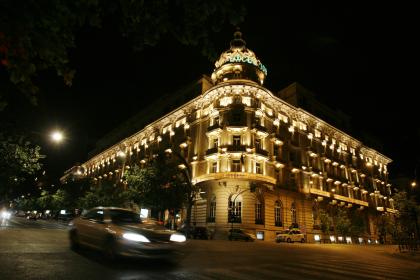
 Condividi
Condividi
Casino Boncompagni Ludovisi (dell'Aurora Ludovisi)
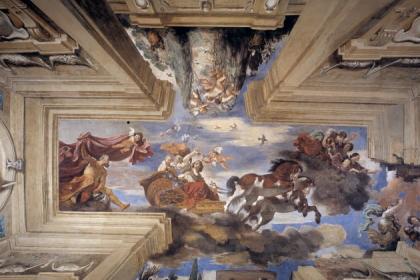
 Condividi
Condividi
Palazzo Margherita
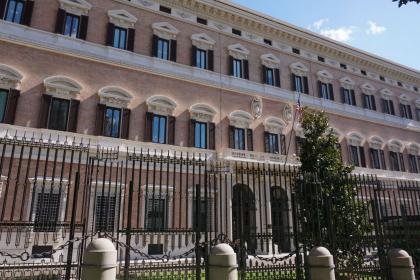
 Condividi
Condividi
The Fountain of the Bees
 Condividi
Condividi
The Church of Santa Maria della Concezione of the Capuchins
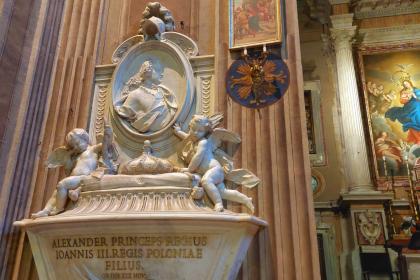
 Condividi
Condividi











































